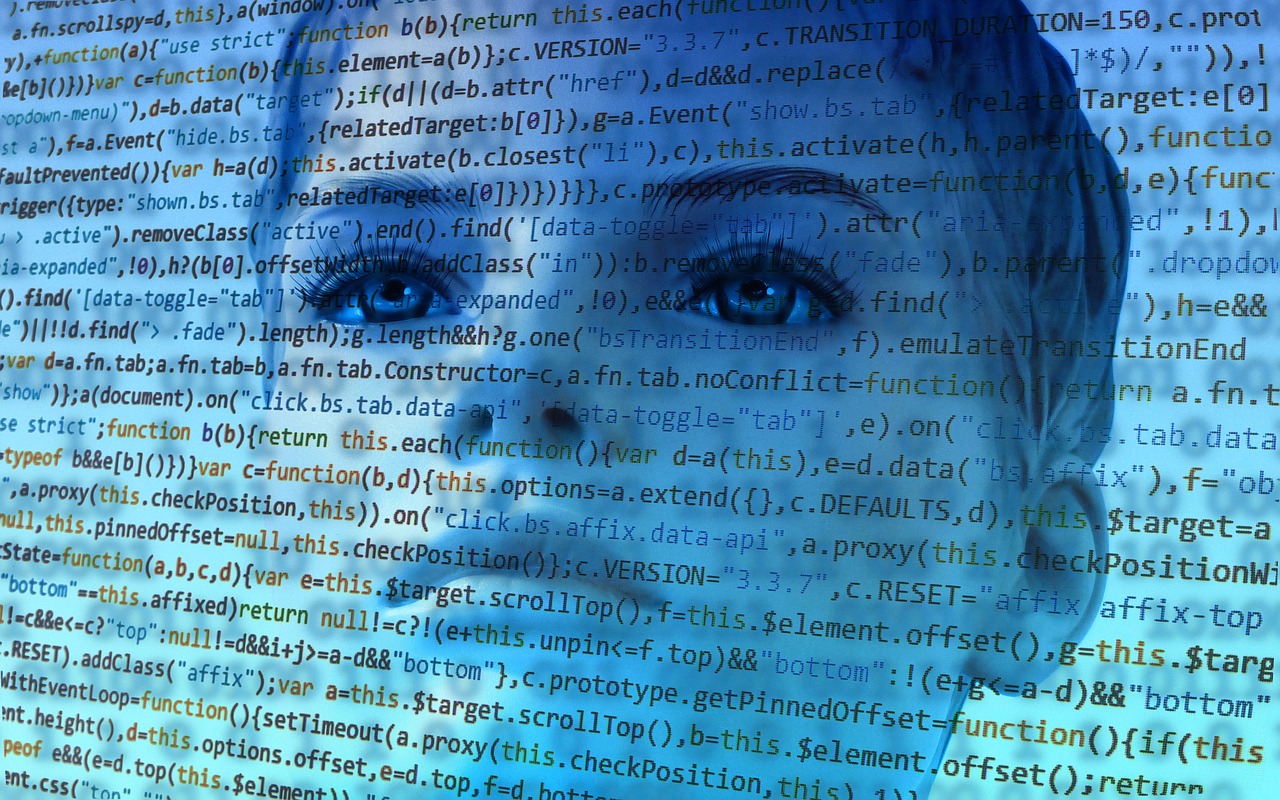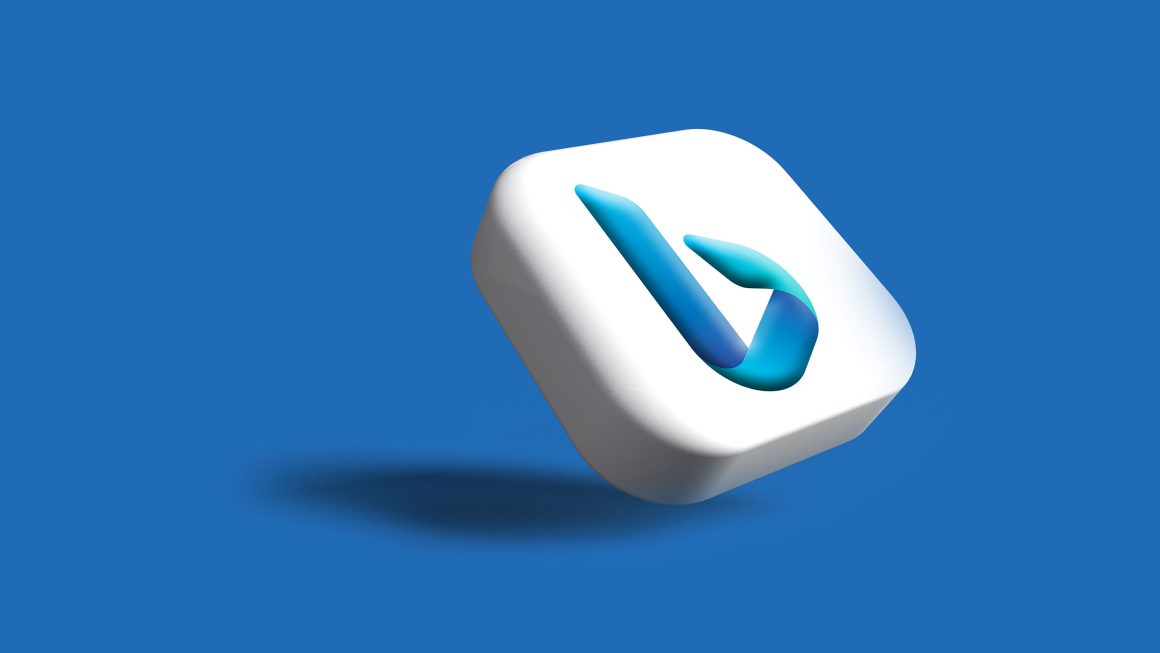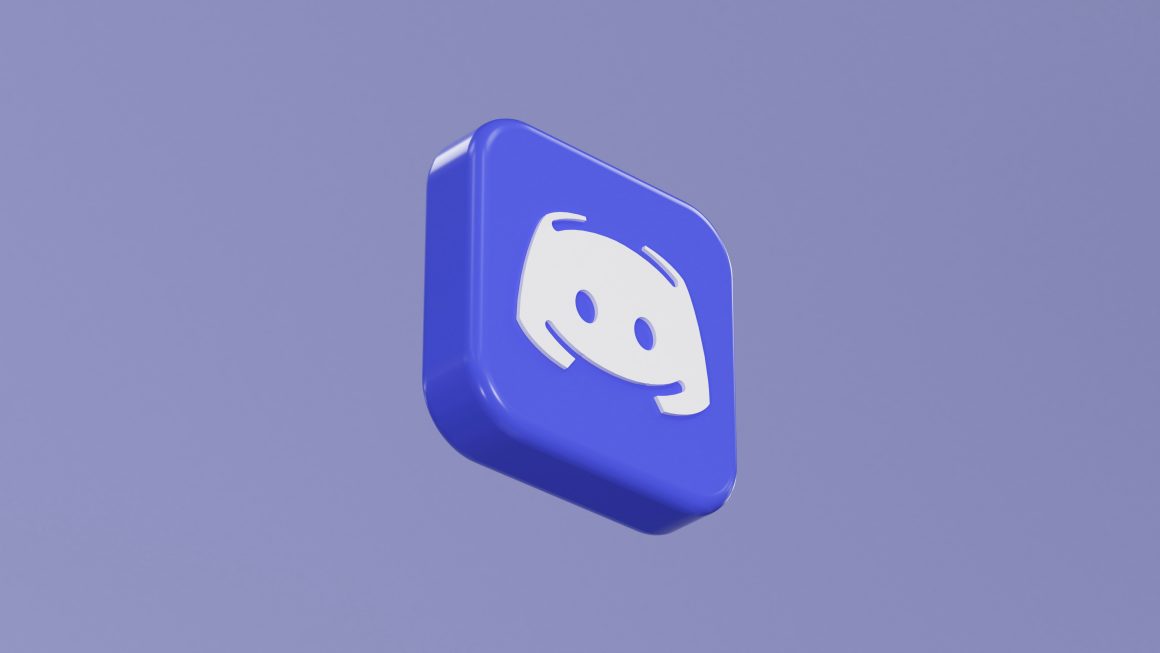Estimates tell us that in the year 2020 about 1.7 megabytes of information per second will be created for every human being on the planet . The amount of information we receive is so enormous that we find it difficult to assimilate, elaborate and extract value from it. Luckily, data science can help you turn this heap of data into valuable insights for your brand.
What is data science or data science?
Data science is a set of tools that allow you to extract knowledge from the data. It is an interdisciplinary field that includes skills in statistics, mathematics, programming, data mining, machine learning and data visualization, as well as business knowledge and the sector to which it applies.
The typical data science process includes the following steps:
- Definition of the correct business questions so that they can be treated analytically and respond to the company’s objectives.
- Data collection and extraction . If we talk about big data, the data is characterized by having a large volume, variety and speed, so it is essential to have the right tools for this step.
- Cleaning and restructuring of the data so that they are suitable for analysis.
- Data analysis: preprocessing, exploratory analysis, creation and optimization of models, predictive analysis, machine learning and statistics.
- Visualization of data with graphs and infographics, so that they are easily understandable and we can extract intelligence from them.
- Presentation of insights and business recommendations .
- Creation of data-centric products , aimed at companies that use analysis to generate new technological solutions.
As we can see, data science includes a very analytical aspect, but also a strong business vision to be able to extract and transmit recommendations adapted to the needs of the brand.
Also read about: What is Business Intelligence and its benefits?
What does doing data science mean?
We have already said that data science is about using programming techniques to analyze data. But it’s not just that; Applied data science requires the development of skills in four areas:
Programming . According to the definition we have accepted, every data scientist uses programming to explain to computers what they need from them. In doing so, he uses “computational thinking”: the ability to reduce a complex task to a series of steps that can be solved with code interpreted by a computer. Let’s clarify in case it is necessary that not all problems are soluble by computational means, but many are, at least in part. The data scientist implements some programming techniques (or many, depending on the degree of specialization) to solve problems that would be impractical to address otherwise.
Statistics . Inescapable! Also powerful, sometimes anti-intuitive, when we have revealing luck. Statistics are many things, but – despite its bad reputation – never boring. It’s just a matter of friends with her. We will need it to extract knowledge from the data. It is surprising how much can be achieved with only a few rudiments (mean, median, standard deviation and quartiles) and from then on it is only a matter of deepening step by step.
Communication . A data scientist combines “hard” skills with others that require empathizing with others: those that relate to communication and interdisciplinary collaboration. Find a way to explain complex processes, to take the revelations of a statistical model to terms that make sense to a wide audience, create visualizations that allow third parties to “read” the data and draw conclusions on their own. Part of doing data science is knowing how to discuss the data used and the results obtained with a very diverse interlocutors: general audience, public officials, colleagues, specialists from other disciplines, and so on.
Domain knowledge . Domain knowledge is the experience accumulated in a particular field of human activity: agriculture, public relations, quantum physics, child rearing. Essentially complements analytical skills. Domain knowledge not only helps to discern whether the answers obtained through sophisticated statistical analysis make sense. It is also necessary to know what are the questions we should be asking.
More: Trends: Digital Twin Technology – advantages




